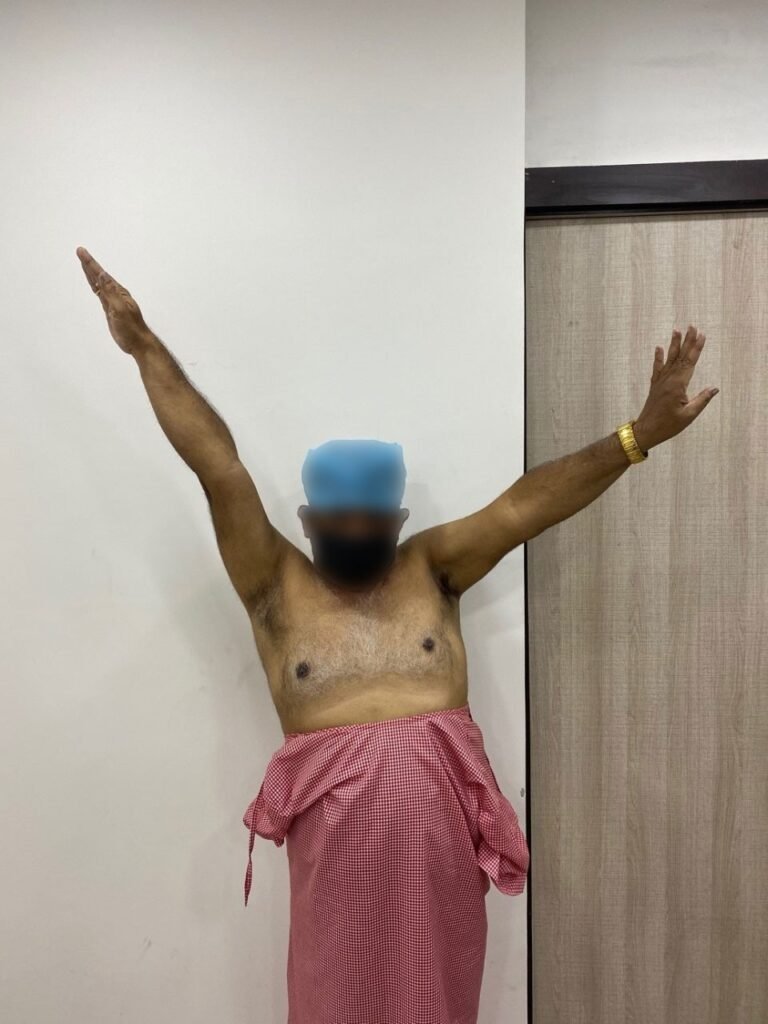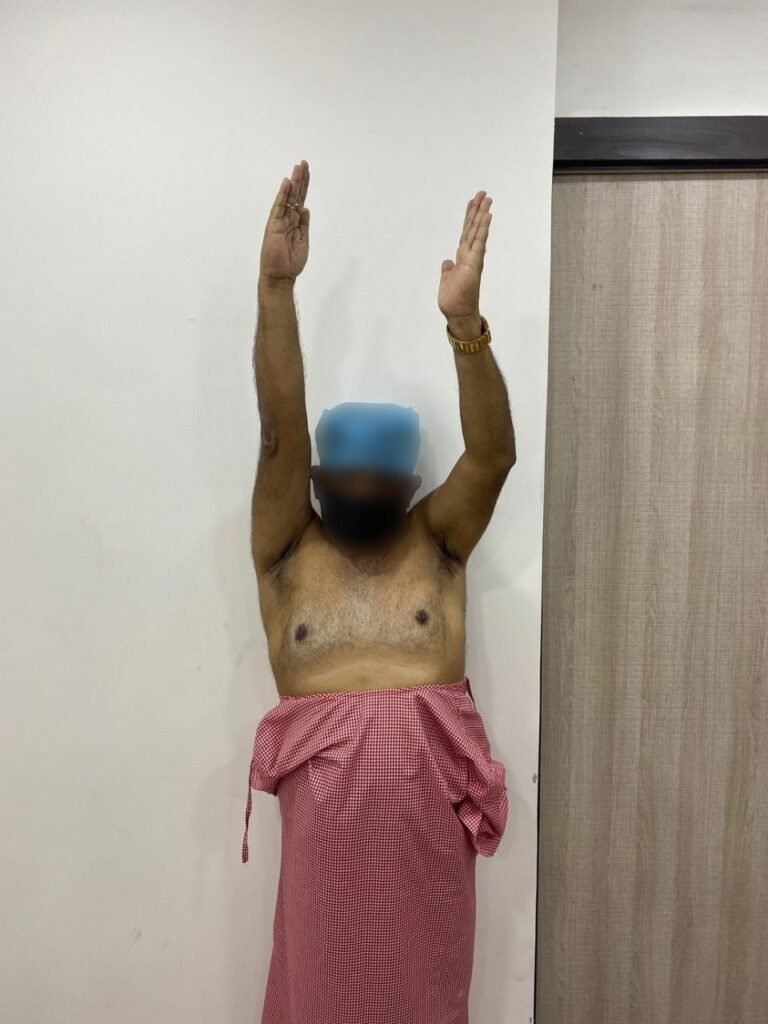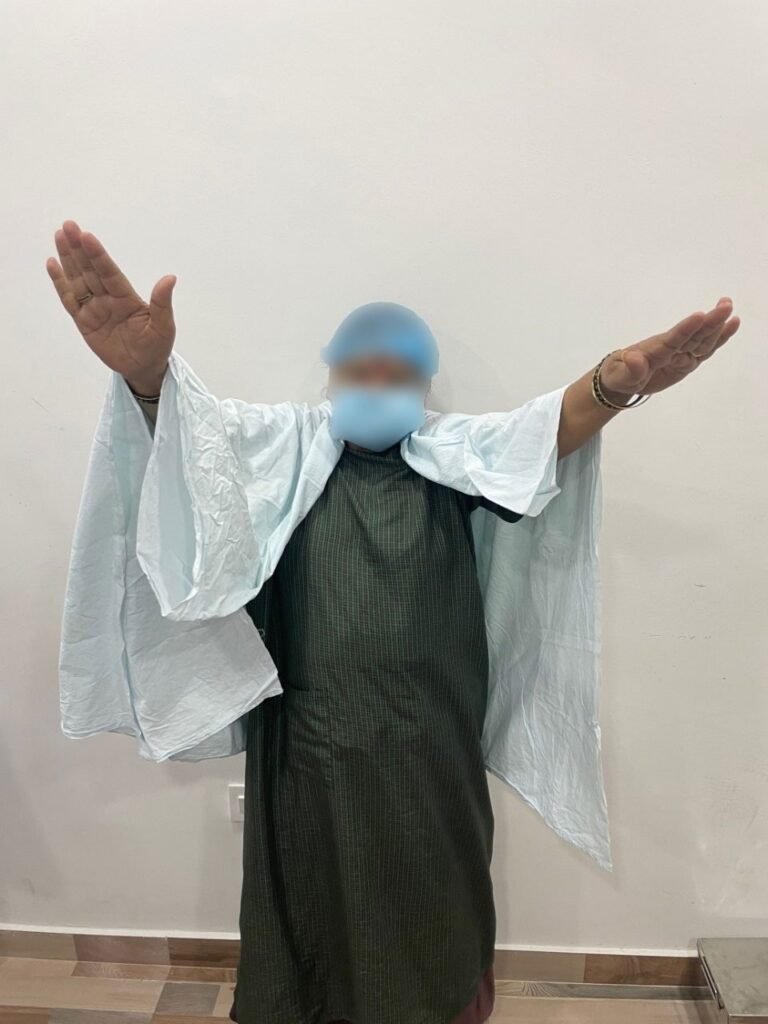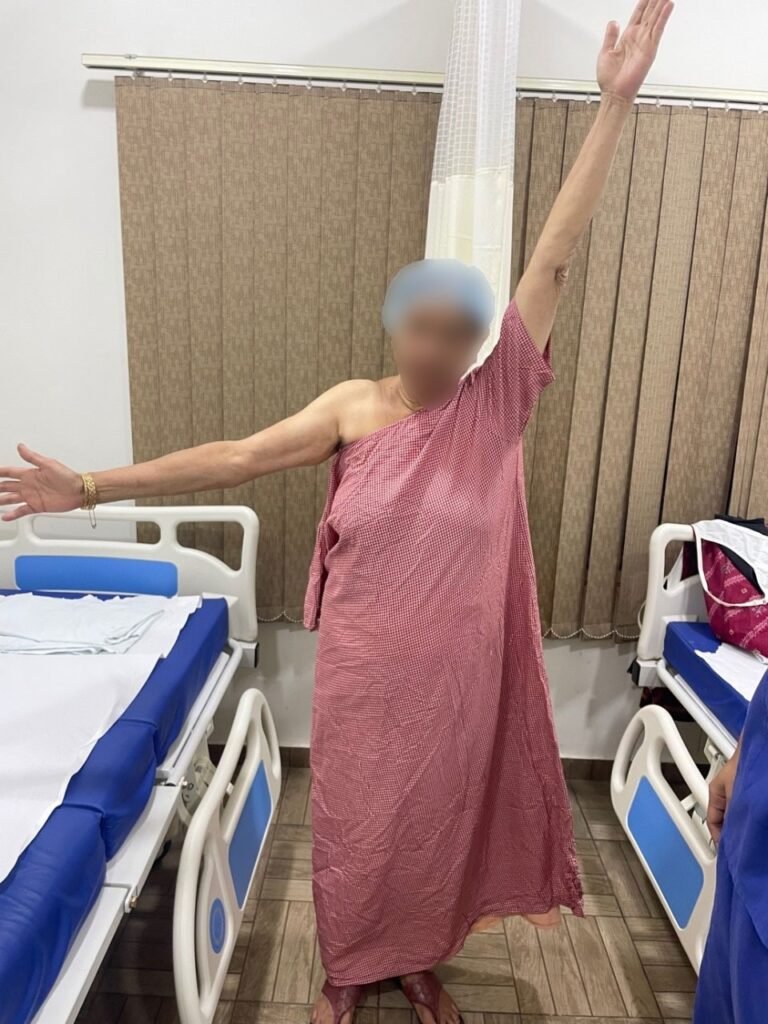Introduction
Frozen shoulder, also known as adhesive capsulitis, is a debilitating condition that affects millions of people worldwide, causing pain, stiffness, and limited range of motion in the shoulder joint. Traditional treatments have included physical therapy, pain management, and, in some cases, surgical intervention. However, through our relentless efforts at improving patient care, we have come up with the the Triple Procedure , which has been employed to provide significant relief for frozen shoulder patients. This procedure combines three key elements: Suprascapular nerve block, Hydrodilatation, and Manipulation. In this article, we will explore the pathophysiology of frozen shoulder, detail each component of the Triple Procedure, and celebrate the remarkable success achieved at the Alleviate Pain Clinic in terms of pain relief, improved range of motion, and enhanced quality of life for countless patients.
Understanding Frozen Shoulder
Frozen shoulder is a complex condition characterized by the gradual development of pain, stiffness, and loss of shoulder mobility. The pathophysiology of frozen shoulder involves inflammation, fibrosis, and thickening of the joint capsule that surrounds the shoulder joint. This results in the adhesion of the capsule to the humeral head, restricting movement and causing pain. Frozen shoulder typically progresses through stages, including the painful phase, followed by the stiffening phase and eventual recovery.
The Triple Procedure
The Triple Procedure, developed and refined at the Alleviate Pain Clinic, is a groundbreaking approach that addresses the multiple facets of frozen shoulder pathophysiology. It combines three key components to provide comprehensive relief for patients:
Suprascapular Nerve Block
- Procedure : A suprascapular nerve block involves the injection of an anesthetic agent, such as lidocaine or bupivacaine, into the suprascapular notch, targeting the suprascapular nerve.
- Mechanism : The suprascapular nerve supplies sensory innervation to the shoulder joint, including the capsule. By blocking this nerve, pain signals from the shoulder joint are temporarily inhibited, providing immediate pain relief.

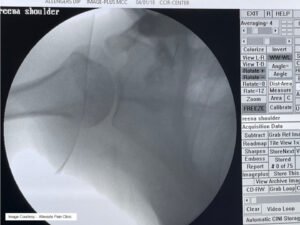
Hydrodilatation (Distension Arthrogram)
- Procedure : Hydrodilatation is a minimally invasive procedure that entails the injection of a sterile fluid (typically saline) into the joint capsule, stretching it and breaking up adhesions.
- Mechanism : The injected fluid distends the capsule, physically separating adhesions and promoting the release of fibrotic tissue. This procedure also helps to restore joint lubrication and improve range of motion.

Manipulation
- Procedure : After a period of pain relief and joint distension, manipulation involves the careful, controlled manual manipulation of the shoulder joint to break any remaining adhesions and improve joint mobility.
- Mechanism : Manipulation is a crucial step in the Triple Procedure as it directly addresses the underlying adhesions and stiffness in the joint, allowing for immediate gains in range of motion.
Success at the Alleviate Pain Clinic
The Alleviate Pain Clinic, a pioneer in the field of pain management, has seen remarkable success with the Triple Procedure for frozen shoulder patients. The success of this procedure is multifaceted and has significantly improved the lives of countless individuals suffering from this debilitating condition.
Pain Relief
- Patients who undergo the Triple Procedure at the Alleviate Pain Clinic experience immediate pain relief due to the suprascapular nerve block. This relief continues to improve as the Hydrodilatation and Manipulation components address the underlying causes of pain.
- The comprehensive approach of the Triple Procedure provides long-lasting pain relief, reducing the need for ongoing pain medications and improving the overall quality of life for patients.
Improved Range of Motion
- One of the most significant benefits of the Triple Procedure is the rapid improvement in shoulder mobility. Patients who could barely move their arms before the procedure often report a dramatic increase in range of motion immediately following the Manipulation phase.
- Physical therapy and exercises prescribed post-procedure help maintain and further improve range of motion, ensuring that patients can regain near-normal shoulder function.
Enhanced Quality of Life
- Frozen shoulder can have a profound impact on an individual’s daily life, limiting their ability to perform simple tasks and causing significant discomfort. The Triple Procedure has enabled patients to regain their independence and return to their normal routines.
- Improved range of motion and pain relief translate to an enhanced quality of life, allowing patients to participate in activities they may have previously been unable to enjoy.
Minimally Invasive Approach
The minimally invasive nature of the Triple Procedure reduces the risks associated with traditional surgical interventions. It offers an effective alternative that can be performed on an outpatient basis, minimizing hospital stays and recovery time.
Patient Satisfaction
Patient satisfaction at the Alleviate Pain Clinic is consistently high, with many patients reporting life-changing improvements in their condition. This satisfaction is a testament to the success and effectiveness of the Triple Procedure.
Conclusion
The Triple Procedure, combining Suprascapular nerve block, Hydrodilatation, and Manipulation, has revolutionized the treatment of frozen shoulder at the Alleviate Pain Clinic. This innovative approach not only provides immediate pain relief but also addresses the underlying causes of frozen shoulder, resulting in significantly improved range of motion and an enhanced quality of life for patients.
The success of the Triple Procedure is a testament to the dedication and expertise of the healthcare professionals at the Alleviate Pain Clinic, who have tirelessly worked to develop and refine this groundbreaking approach. As the Triple Procedure continues to gain recognition and popularity, it offers hope to countless individuals suffering from frozen shoulder, promising a return to pain-free, unrestricted movement, and an improved quality of life.
HAPPY PATIENTS EXPERIENCING SIGNIFICANT PAIN RELIEF AND IMPROVED RANGE OF MOVEMENT RIGHT AFTER PROCEDURE
